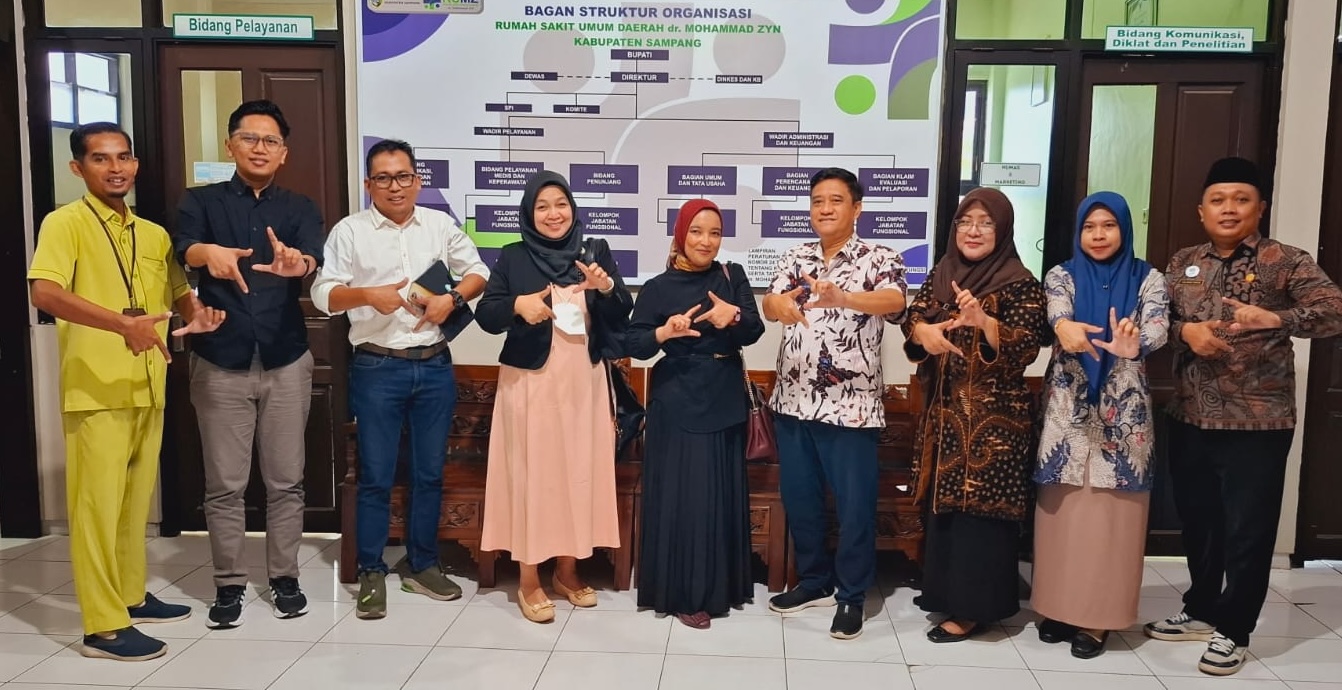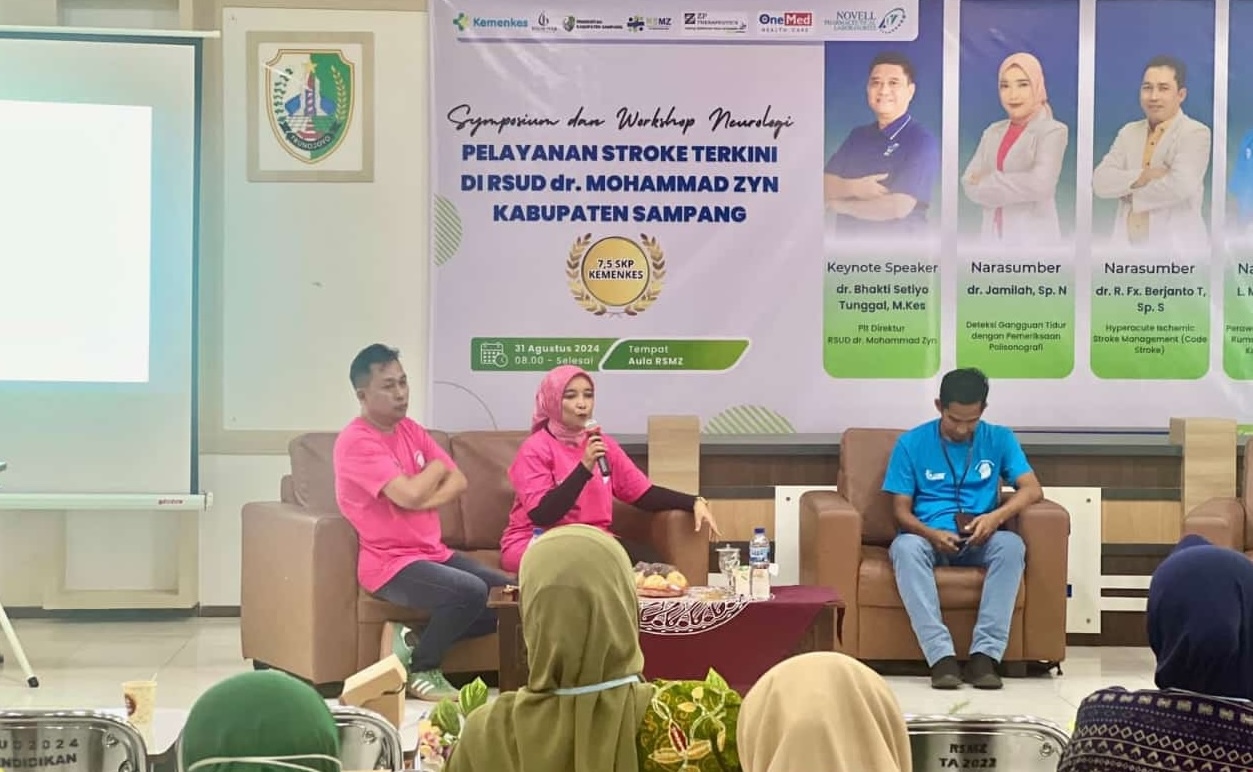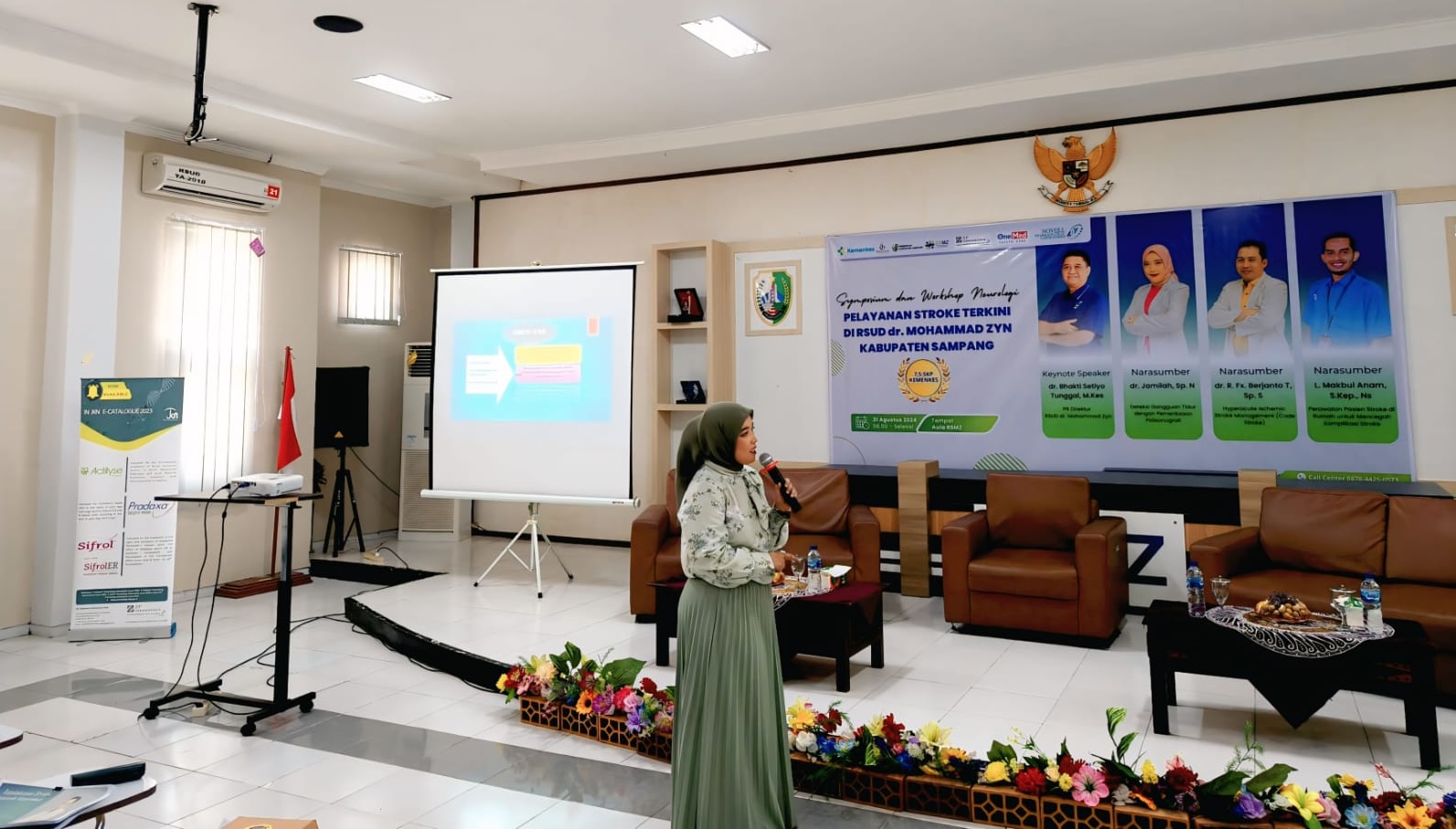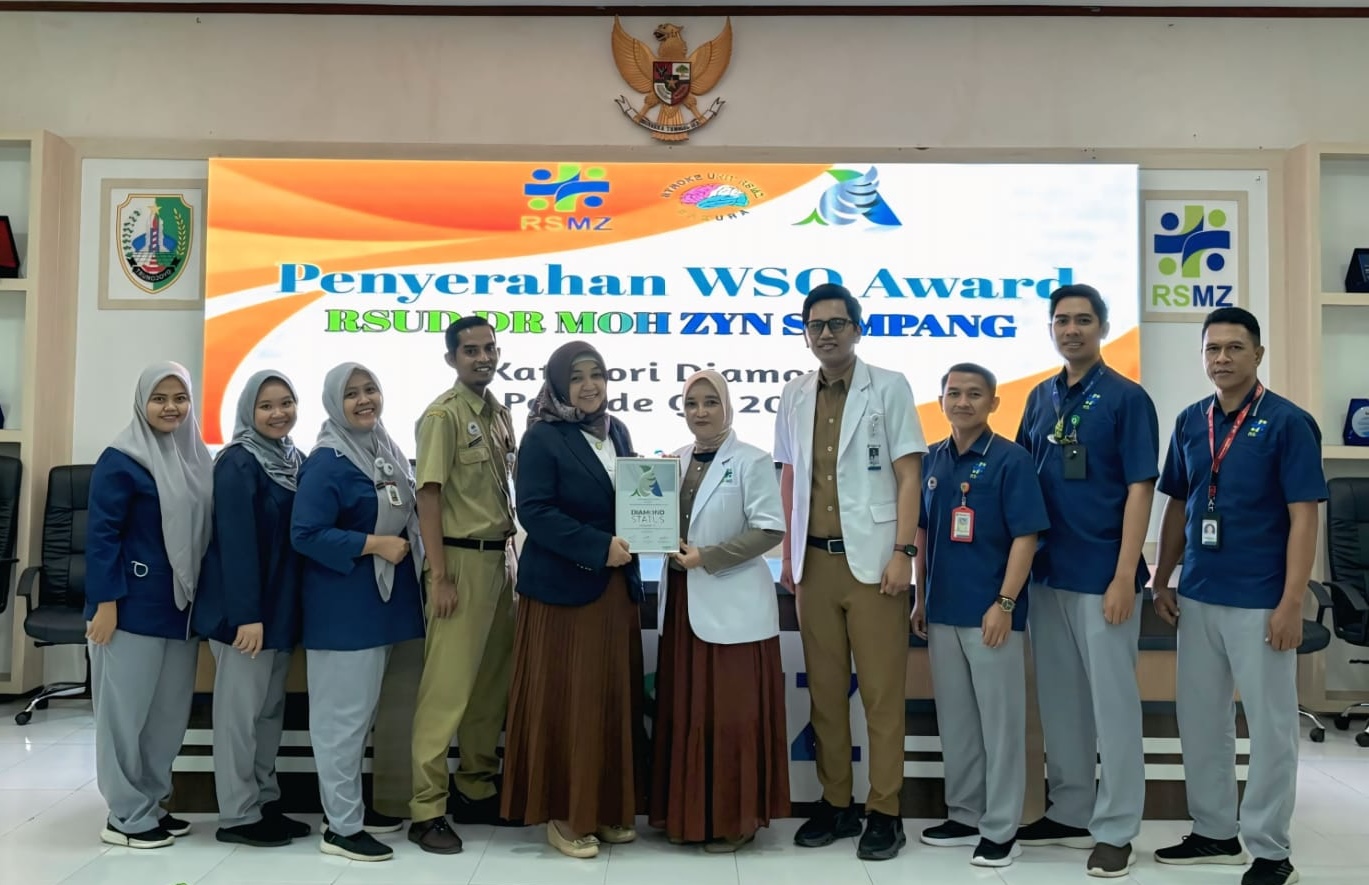
Indonesia is an archipelagic state consisting of many beautiful islands including tranquil Madura Island just off the north coast of East Java. It is the home of many delightful duck dishes such as Bebek Madura, fried duck cooked with a black spice paste, and Bebek Sinjay, which is served with mangoes and hot sambal.
Since 2009, the Suramadu bridge, a cable-stayed bridge that at 5,4 km long is the second-longest bridge in the southern hemispehere, has connected the island to East Java. Although this means it is now possible to to reach the capital by road, the three-and-a-half-hour journey is too time-consuming for acute stroke patients to access urgent care.
On Madura Island itself, the main hospital in the island’s Sampang Regency is the RSUD dr. Mohammad Zyn Kabupaten Sampang, known locally as RSMZ. It is a major referral hospital for the entire Madura Island region, and equipped with modern facilities, but when neurologist dr. Jamilah, Sp.N, joined the hospital in March 2022, thrombolysis for acute stroke was not yet available.

Dr Jamilah had gained experience in treating acure stroke at one of Indonesia’s leading hospitals, Dr. Kariadi Central General Hospital in Semarang, where thrombolysis had saved many patients from disability and death. When she joined RSMZ, about 60 km from where she grew up, she knew she wanted to make the therapy available to patients there. She started immediately to advocate for the importance of creating a stroke protocol for the hospital.
It was not an easy road. There were regulations to be considered and resources to prepare, but nothing could get in the way of learning. Dr Jamilah trained healthcare professionals from nurses to ED doctors about stroke emergency, and prepared the stroke team that would become vital players in code stroke once the system was officially activated in the hospital. It would be up to them to give acute stroke patients a second chance at life.

They anticipated challenges such as patients arriving outside the golden hour, the CT-scan machine being unavailable due to maintenance, or delays in interpreting the CT image, and decided in advance that reading the CT image would be the duty of the neurologist on call.
In February 2023, not quite a year after Dr Jamilah came to RSMZ, a a 76-year-old man was brought to the hospital’s emergency room with left side weakness and slurred speech. This patient and their family were aware of the golden period for treating stroke, and realized the journey to one of the WSO Angels award-winning hospitals in Surabaya would take too long.
So it was in the emergency room of RSUD Dr. Muhammad Zyn Sampang, five minutes from their home, that they decided to seek help.
This was a crucial moment for everyone in the room. In the past, stroke patients had arrived late, as many as 24 hours or more after symptom onset. But this time was different. This patient knew there was a possibility that emergency treatment could prevent his stroke from becoming a catastrophe, and he’d arrived in time for that life-saving treatment to become his second chance. Dr Jamilah’s team knew they had to treat their patient.
All the training they had received had been in anticipation of this moment and, with Dr Jamilah’s guidance, everyone knew what their role was and what to do. Less than 60 minutes later, the patient had started to improve before their eyes.
This experience now became a benchmark for acute stroke management at the hospital. The realization that they could help many more people sparked a new spirit, and the team started collecting data and submitting it to the RES-Q registry to receive feedback on what could be improved, and to measure their progress against international standards and evidence-based criteria.

Their commitment to continuous improvement landed them a WSO Angels platinum award at the start of 2025, which only encouraged them to work even harder. They became a diamond hospital in Q2.
The stroke team from RSUD Dr. M. Zyn Sampang now conduct workshops and educational symposiums for doctors in Puskesmas (first-level health facilities) which are often the first place people seek help when stroke symptoms occur. During these events, the importance of the golden period for treatment is emphasized.
Are these efforts having an impact? Suffice to say that the director of the hospital has made additional beds available for stroke patients, many more of whom are now reaching the emergency room at Madura Island’s diamond hospital in time to get a second chance at life.

Q&A with Dr Jamilah
Where were you raised and educated and what motivated your decision to study medicine?
I grow up in a small village called Paseseh in Bangkalan Regency, Madura. My father was a trader and my mother was a batik craftsman. I grew up in a family that was quite strict about education. My motivation to enter medicine was because most of my mother’s family worked in the health sector.
Why did you specialize in neurology?
I was encourage by my best friend, who is a neurologist.
How was acute stroke being managed at RSMZ when you arrived?
Initially, acute stroke was treated with anti-platelet and anticoagulant drugs, as well as risk factor management.
What was your initial assessment of the likely challenges to treating ischemic strokewith thrombolysis?
Initially, I was doubtful because inside RSMZ the human resources were not yet adequate, and then there was the culture of the Madurese people. Sampang patients, in particular, won’t come to the hospital immediately the signs of stroke appear. They will first go to a local healthcare worker or the community health center, and even resort to alternative medicine. This meant many patients arrived at the RSMZ emergency room more than 4.5 hours after symptom onset.
Did the staff welcome the changes regarding stroke treatment?
Many were concerned about the risk of bleeding and the high cost of the treatment, but we were fully supported by the director of RSMZ who at the time was Dr. Agus Akhmadi, MKes.
The hospital won its first WSO Angels Award this year – and then converted platinum into diamond status. What key actions led to this achievement?
We are consistent with our commitment to patient recovery and regularly discuss stroke cases in routine morning meetings.
What do you find most satisfying about your work?
I am very grateful that I have reached this point. This is inseparable from my senior, Dr. Tera Kusuma, SpN, who always supports me (we do everything together), as well as the stroke unit team. My job satisfaction now is when patients trust us to seek treatment, even though previously they thought stroke patients could not be cured.



